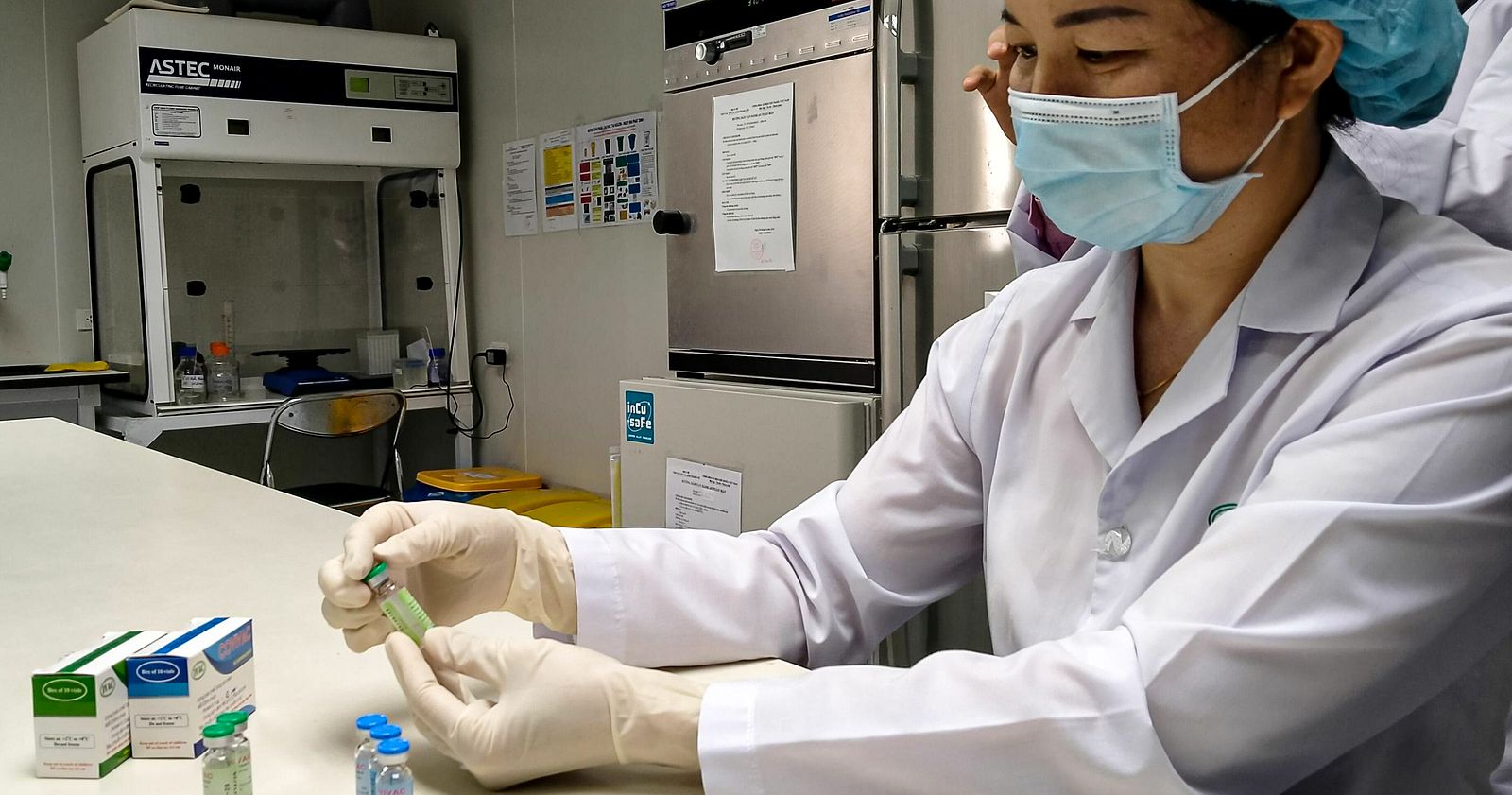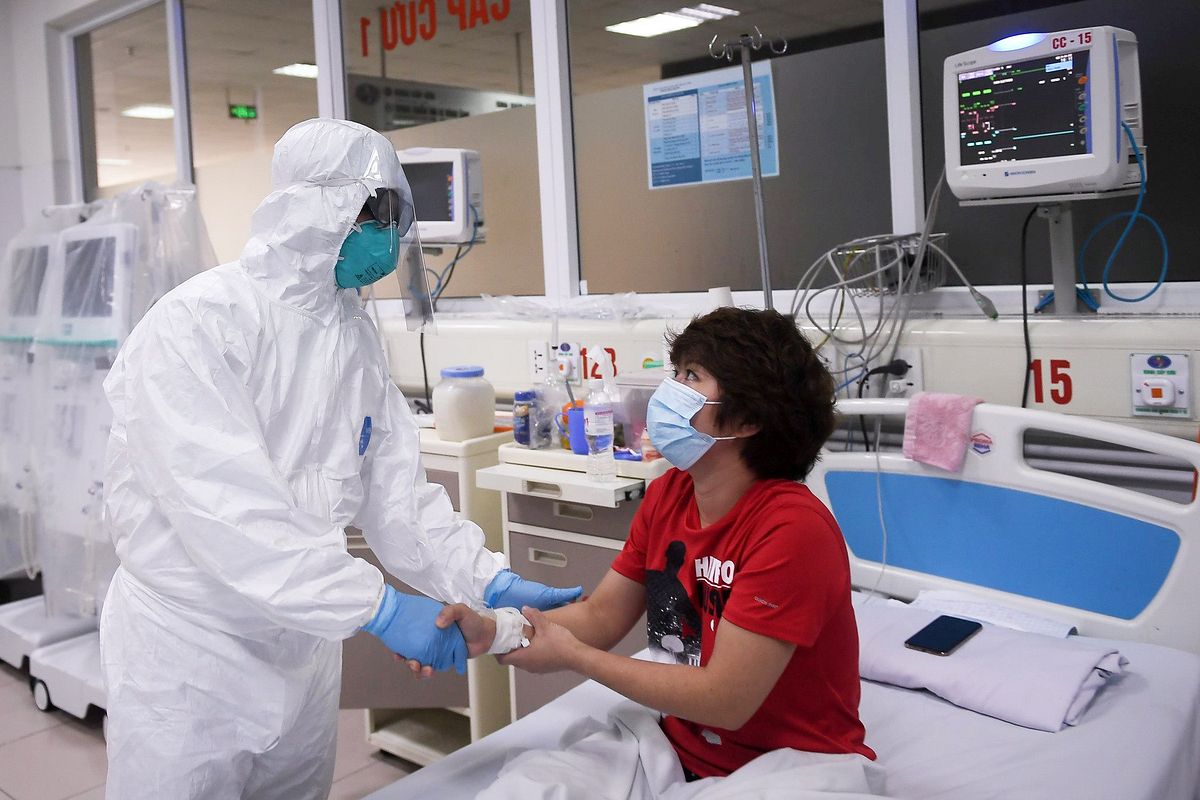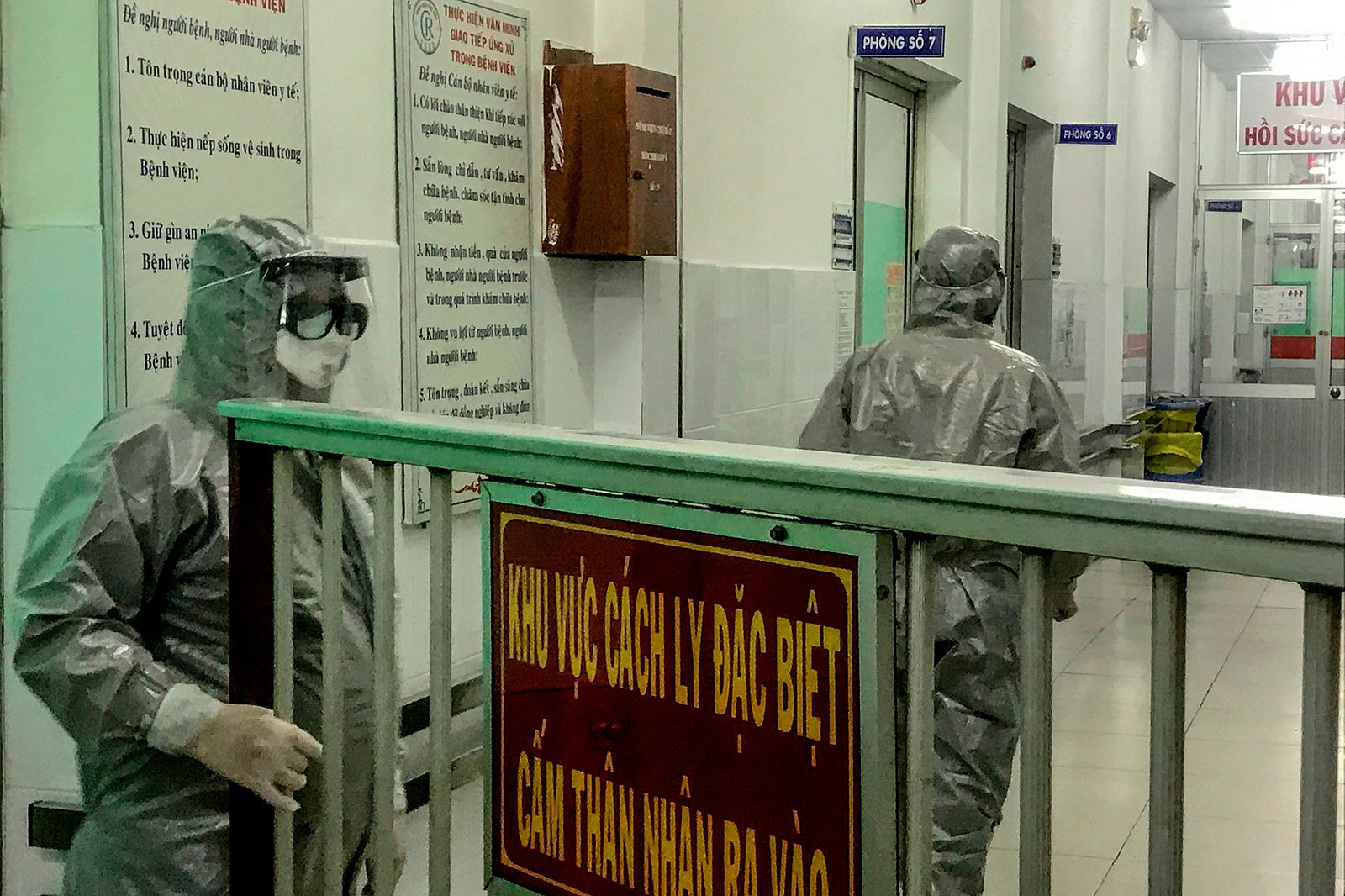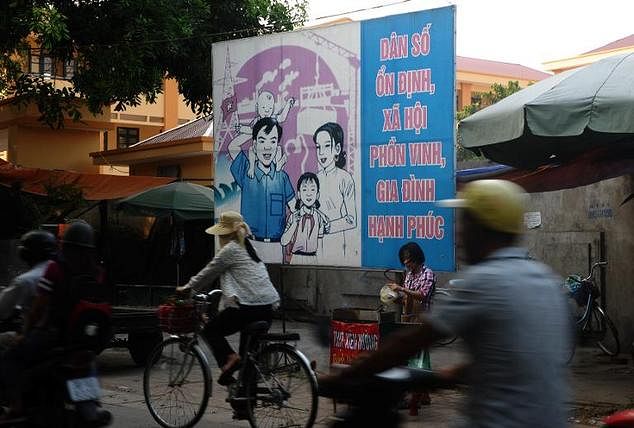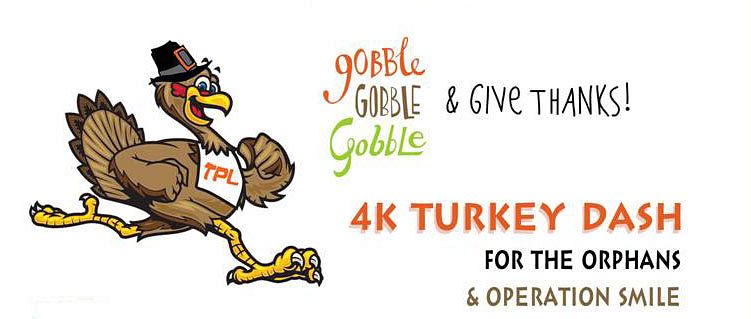Having recently attained the status of a middle-income country, Vietnam must now prepare to become self-sufficient in supplying its citizens with vaccinations.
According to VnExpress, Vietnam’s per capita gross national income is currently US$2,200, making it a middle-income nation. While this signals a rise in average incomes among Vietnamese, the country's health sector is currently in the transition phase and thus will not be eligible for funding from international sponsors, posing a challenge for local health facilities.
Since 2000, the Global Alliance for Vaccines and Immunization (GAVI), which consists of the World Health Organization and UNICEF, has channeled millions of dollars in subsidies into Vietnam to help combat disease. The funding includes US$14.9 million for vaccines, US$3.2 million for injection safety and US$1.9 million of immunization services.
The country’s infant mortality rate has also been vastly improved by US$86.69 billion in GAVI funding, which has been mostly used to produce and distribute the 5-in-1 shot, designed to help Vietnamese babies combat against diphtheria, whooping cough, tetanus, hepatitis B and Haemophilus influenza type B-related illnesses.
However the reduction in financial assistance in future might pose problems to Vietnam’s healthcare, according to Deputy Head of the National Institute of Hygiene and Epidemiology Duong Thi Hong. She told the Vietnam News Agency that, at the moment, Vietnam enjoys high immunization coverage rates. In the case of measles and rubella, for instance, the figure is 94.9%.
However, the health official added, there might be challenges come next year once GAVI starts scaling down its financial support.
“There is a steady downward trend in foreign aid since Vietnam has been listed among middle-income countries,” Hong told the news outlet. “The government needs to be proactive to be able to self-finance its immunization program.”
While the reduced foreign aid might pose some hardships to the country’s immunization program, local authorities have been preparing for future changes. Vietnam is currently hoping to ramp up internal mass production of vaccines.
According to the Ministry of Health, the nation is among a handful in Southeast Asia that can be self-sufficient in vaccine production. Not long ago, the ministry also announced that it’s aiming to provide 100% of HIV patients with national health insurance in the face of diminishing international subsidies.
[Photo via Thanh Nien]


